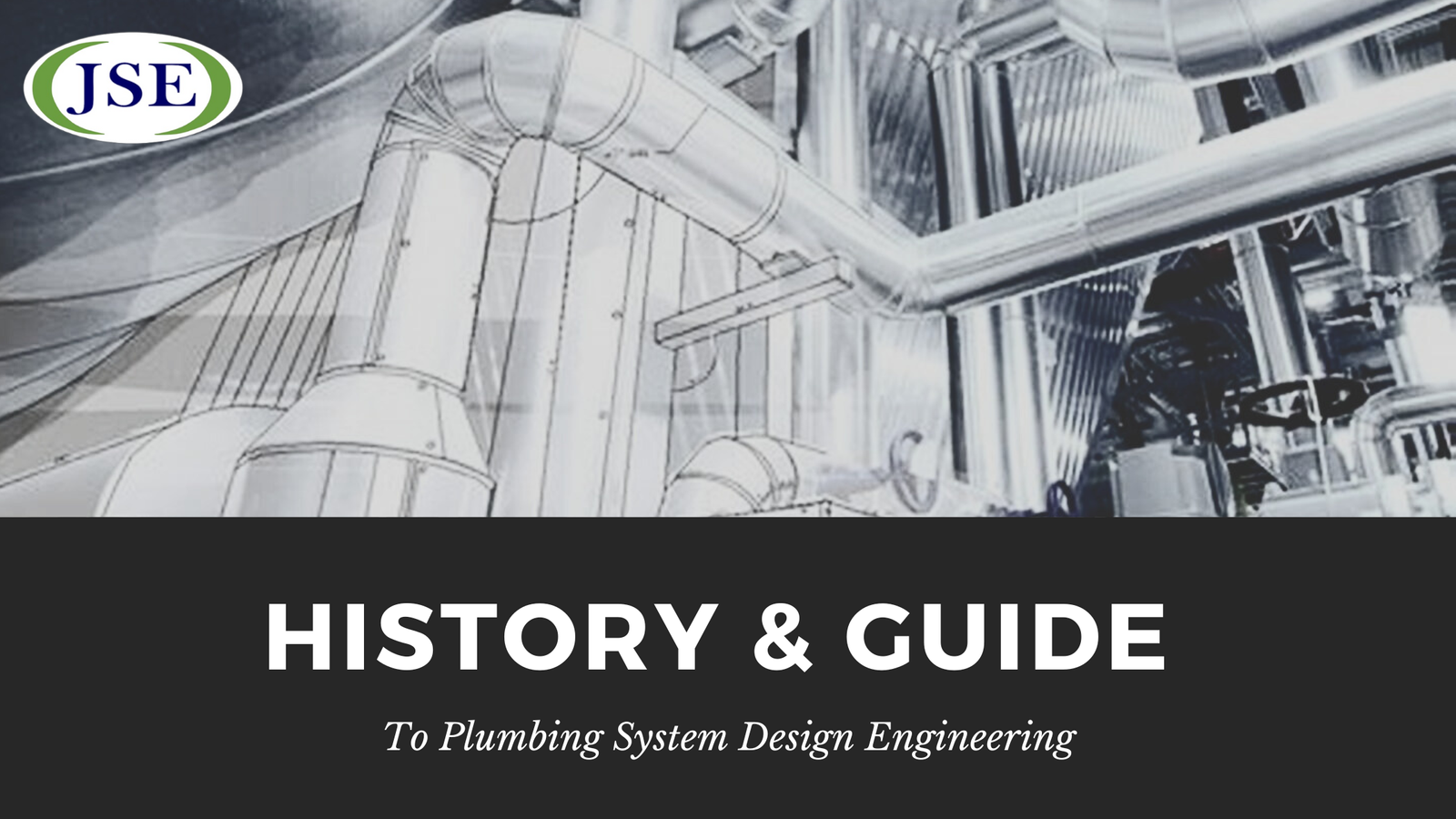Plumbing—one of those everyday systems we often take for granted until something goes wrong. But did you know that the concept of plumbing is as old as civilization itself? As future engineers, understanding its history and design principles is essential to creating efficient, safe, and reliable systems. So, let’s dive into the story of plumbing and walk through a beginner’s guide to designing modern plumbing systems!
A Journey Through Time: The History of Plumbing
Plumbing has evolved significantly from its humble beginnings. Imagine ancient cities like Mesopotamia and Rome, where people first realized the importance of transporting clean water and removing waste. Over 4,000 years ago, civilizations built some of the earliest water channels and drainage systems.
The Romans, in particular, became masters of plumbing. They built vast networks of aqueducts to supply their cities with water, developed sophisticated underground sewage systems, and even invented public baths that used flowing water! The word “plumbing” comes from the Latin word “plumbum,” meaning lead since lead pipes were used extensively in ancient Rome.
Fast forward to today, and plumbing has become a high-tech, highly regulated part of modern building design. While the core concept—getting clean water in and waste out—remains the same, technology, safety standards, and design complexity have transformed dramatically.

Understanding the Basics: What is Plumbing Systems Design?
So, what is plumbing systems design? At its core, plumbing design involves creating a plan for safe and efficient water delivery to buildings and removing wastewater. This process isn’t just about pipes and valves; it requires technical know-how and an understanding of water pressure, flow rates, pipe sizing, materials, and building codes.
If you’re a beginner in plumbing design, the first thing to understand is that there are three primary types of plumbing systems you’ll deal with:
Water Supply System: This delivers potable (drinking) water into the building. It starts from a public water source or a well, goes through water meters, and flows through pipes to faucets, showers, and other fixtures.
Drainage System: The drainage system carries wastewater away from the building. This includes everything from toilets to kitchen sinks, eventually sending waste to the sewage or septic system.
Vent System: Venting is an important, often overlooked aspect of plumbing. Vents help regulate air pressure in the pipes to allow wastewater to flow smoothly and prevent gases from building up.
Key Considerations for Designing Plumbing Systems
As a budding engineer, your first plumbing design will likely be a simple layout for a house or small building. Here are some critical steps and considerations:
Understand the Layout: Before designing, get familiar with the building’s layout and the location of key features like bathrooms, kitchens, and laundry rooms. Typically, these rooms are grouped to simplify plumbing routing.
Water Demand and Pipe Sizing: You need to calculate water demand based on the building’s occupants and the number of fixtures (like taps, showers, and toilets). Once you know the demand, you can size the pipes properly. Too small, and you’ll have poor water pressure; too large, and you’ll waste materials and cost.
Select the Right Materials: Common materials for plumbing pipes include copper, PVC (plastic), and PEX (flexible plastic tubing). Each material has its pros and cons. For example, copper is durable but expensive, while PEX is flexible and easy to install but unsuitable for outdoor use.
Gravity and Sloping: Drainage relies on gravity, so all waste pipes must slope downward. This is known as a “fall” or “slope,” and preventing water backups or blockages is critical.
Follow Codes and Standards: Every region has specific plumbing codes that dictate how systems should be designed and installed. You must follow these as an engineer to ensure safety, efficiency, and legal compliance.

YOU MAY ALSO LOVE READING: What is the purpose of doing an MEP Engineering course?
Tips for Beginners:
Start Simple: If you’re new to plumbing design, practice with small projects like residential buildings before tackling larger, commercial systems.
Study Water Flow: Understanding how water behaves in pipes under pressure is critical. Familiarize yourself with flow rates and how water moves through a system.
Work with BIM Software: Modern plumbing designs are often created using BIM (Building Information Modeling) software like Revit MEP. It helps visualize the system in 3D and ensures that everything fits within the building structure.
The Future of Plumbing Design
While the basic principles of plumbing remain unchanged, technology is pushing the boundaries of how we design these systems. With sustainability being a major focus, engineers are now working with water-saving fixtures, greywater recycling systems, and even smart plumbing solutions that can detect leaks and optimize water usage in real-time.
As a student at JSE Engineering Academy, mastering the fundamentals of plumbing system design will set you up for success in a field that continues to evolve. Whether you’re dreaming of building the next skyscraper or designing homes, your understanding of plumbing design will play a crucial role in ensuring people live comfortably and safely. Contact our career advisor to enroll yourself in our MEP courses today!





